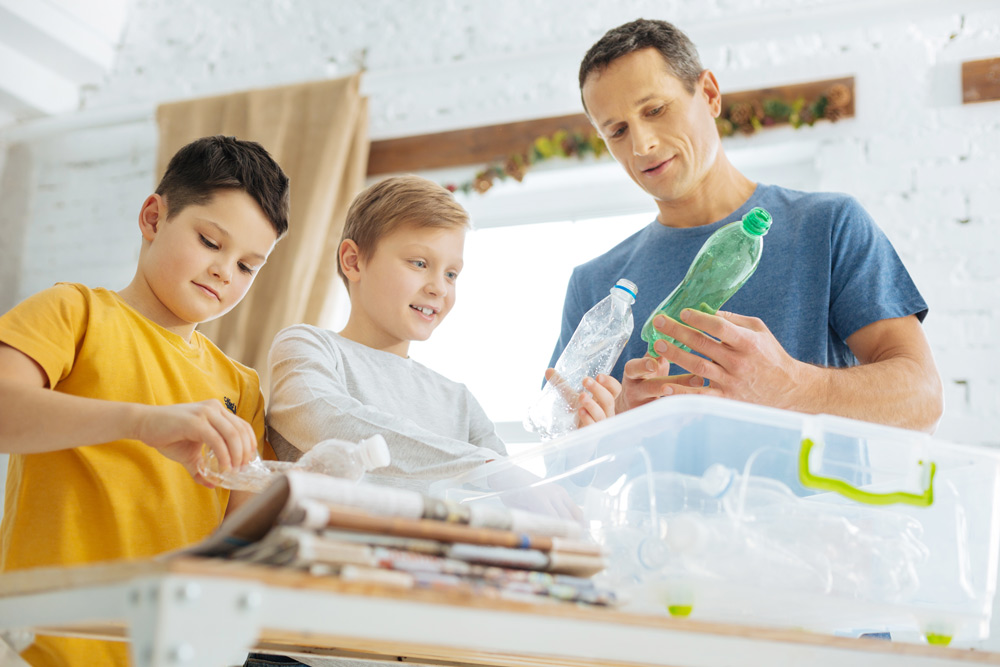Recycling Efforts Need to Be Grounded in Education
Posted on: March 5th, 2021

There’s been a longstanding debate in communities across the United States as to just how influential our recycling efforts are from an environmental standpoint.
Does the question then become where are our recycling efforts having the greatest impact?
Based on 69.1 million tons of MSW (Municipal Solid Waste) from the most recent EPA survey conducted at the end of 2018, paper and paperboard accounted for 67% of that total, with metals comprising 13%, and glass, plastic, and wood near the bottom.
The biggest misconception is that everything tossed into a recycling bin will be recycled.
According to the Environmental Protection Agency (EPA), it seems that only a quarter of the waste collected is recycled for an overall recycling and composting rate of about 32%.
For homeowners with curbside recycling (which amounts to just about 60 percent of communities throughout the country), their MSW heads to a material recovery facility where machines and workers properly sort the items based on their recycling codes.
Want to learn more about recycling codes, what products they are often found on and how to properly dispose of them? Click here.
Paper and some manufactured plastics (often plastics labeled number 1 and 2) can be easily recycled back into raw materials to be successfully utilized in new product manufacturing. Others often referred to as “mixed plastics” are sent to landfills or the global markets for an undetermined future.
The issue is that many homeowners believe they’re helping the environment through their recycling efforts simply by loading their curbside bins with glass, plastic, and paper products.
Unfortunately, there’s a lot that goes into recycling those products behind the scenes and much of it has to do with the overall demand and cost of processing those materials.
Nilda Mesa, Director of the Urban Sustainability and Equity Planning Program at the Earth Institute’s Center for Sustainable Urban Development says, “The economics are challenging. If there is not a market for the recycled material, then the numbers do not work for these facilities as well as cities, as they need to sell the materials to recoup their costs of collection and transportation, and even then it’s typically only a portion of the costs.”
Education is still critical to understanding what can and cannot be recycled. Armed with that information, we can make better purchasing decisions at the cash register (or online shopping cart) which will certainly help control our recycling efforts at the curb.
Why Fiber?
Learn more about our full line of fiber sustainable products which utilize recycled paper and paperboard in their manufacturing process.
Why Fiber? ☰ Menu
☰ Menu